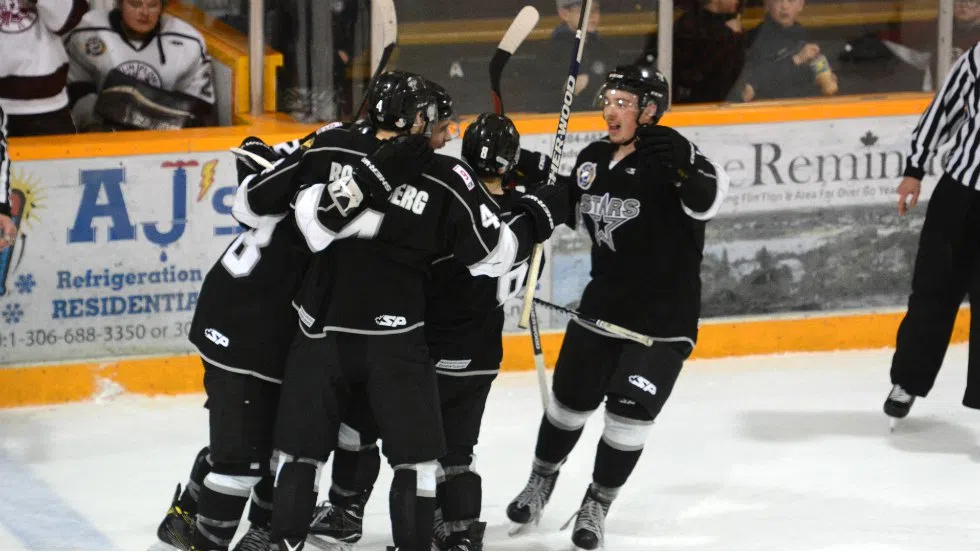
Western Canada Cup primer: where the North Stars stand
The Battlefords North Stars had a tremendous season; there is no denying that.
But now that they’re off to the Western Canada Cup, they will be facing off against three other league champions and a fourth team that came within one win of a title as well.
The goal is to finish in the top-2, as that will get them a berth to the RBC Cup, which will be in Cobourg, Ont., from May 13-21.
This will not be easy, but it certainly can be done.


